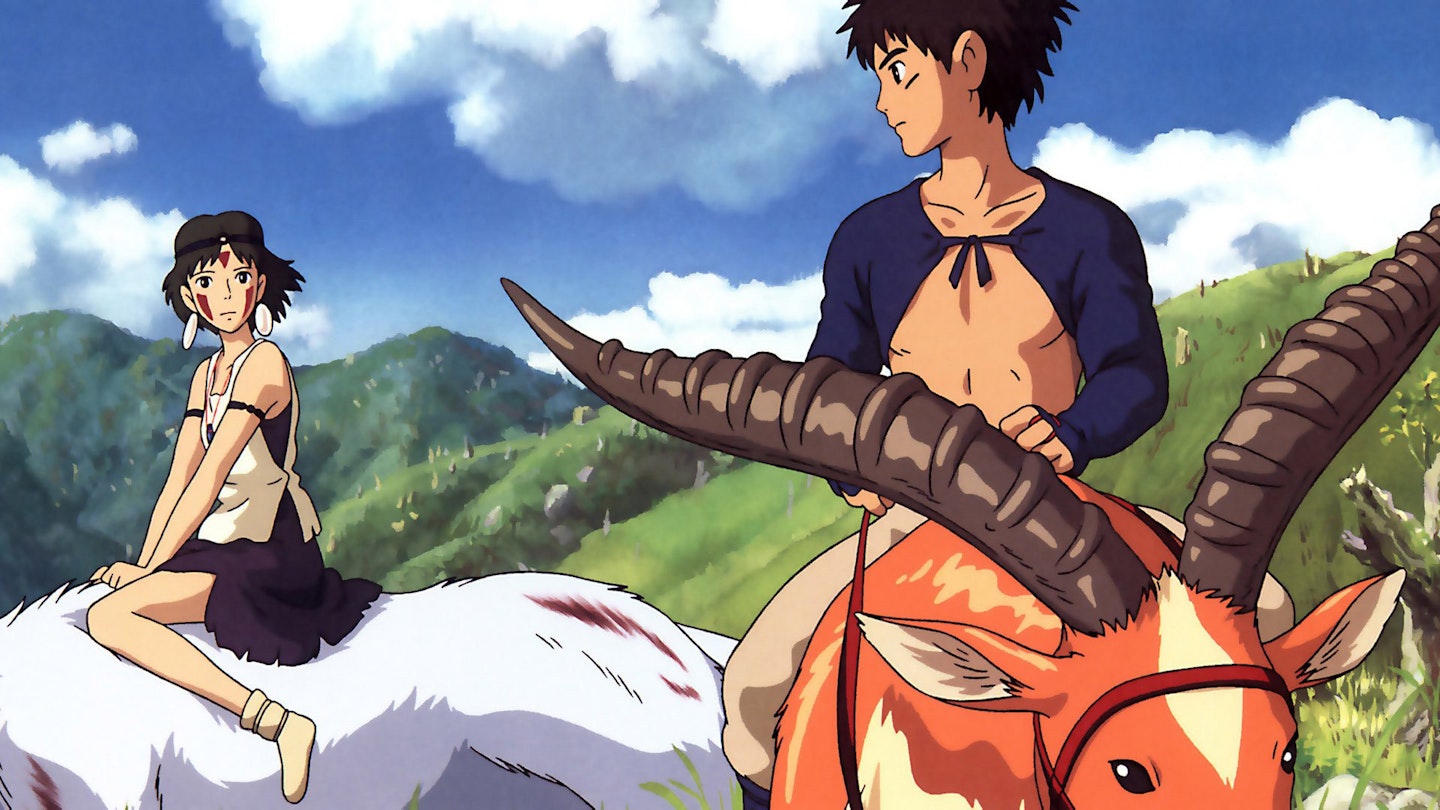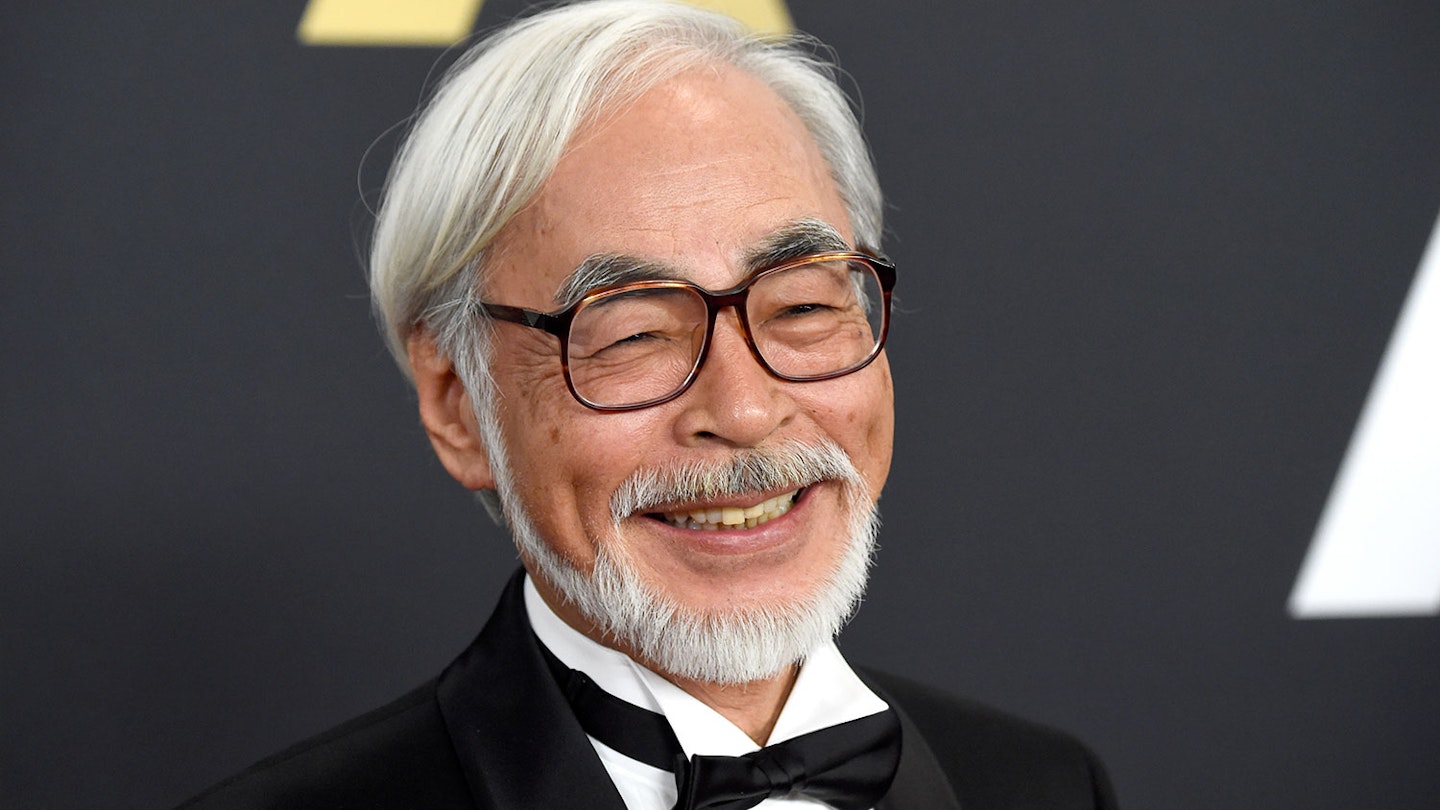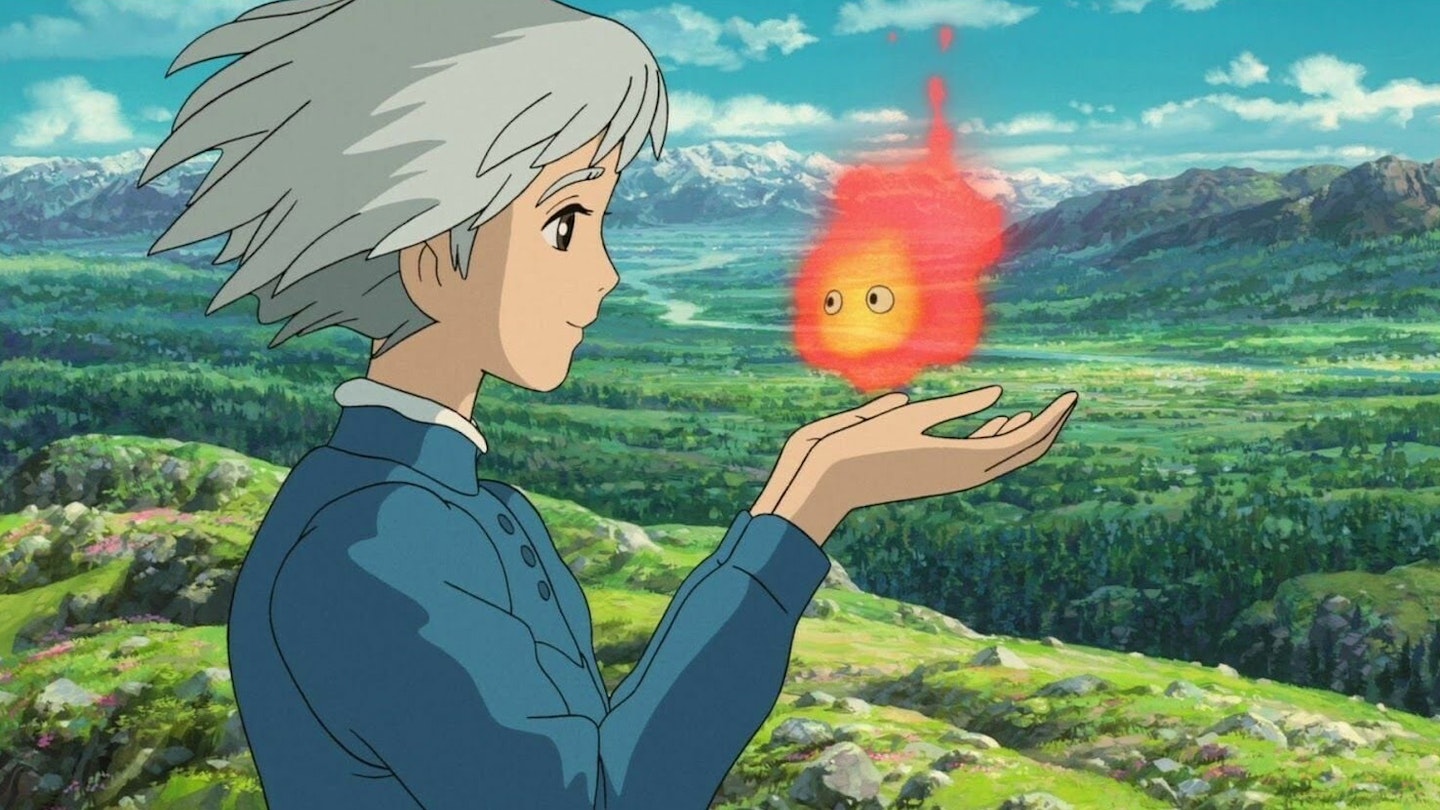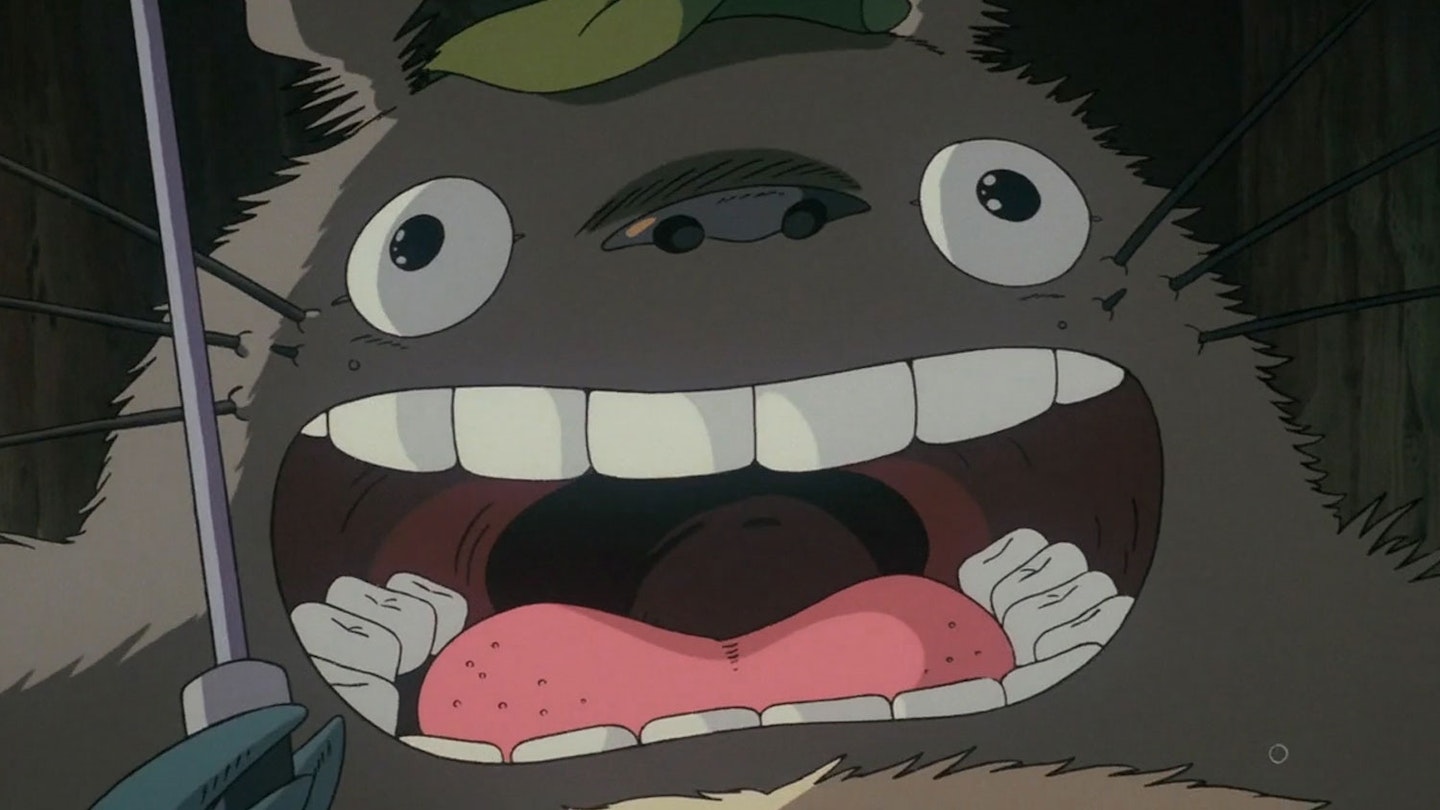It cost $20 million to make, took $50 million in its first 12 days on domestic release, eventually grossed $157 million, and, in doing so, overtook E.T. to set an all-time Japanese box office record. It stars the vocal talents of a superb ensemble cast (see above). Its English dub was written by cult comic scribe, Neil Gaiman. And it's been described as one of the best animated films ever. Hell, Disney were so impressed, they bought the entire output of the studio that made it, Studio Ghibli, for worldwide distribution. And, chances are, you've never even heard of it.
Stuck in an international limbo since its Japanese release in 1997— a year which, on the strength of this, Takeshi Kitano's Hana Bi and Shohei Imamura's Unagi, was later dubbed The Year Of The Japanese Film Phoenix' — Princess Mononoke finally arrives on these shores minus a theatrical release and with rather less of a bang. And whatever the reasons for its delay— many anime quarters have suggested that Disney, having acquired the rights, then buried it so as not to impact on their own, similarly-themed, Mulan — the result is certainly worth the wait.
A neat blend of environmentally-friendly philosophy and action adventure, the plot centres on Ashitaka (Crudup), a youthful prince forced into exile when a skirmish with a wild-boar-turned-vengeful-demon leaves his right arm scarred, possessed and capable of decapitating his foes with a single blow. Setting out to discover what has thrown nature so out of kilter, he comes upon an array of intriguing characters (Thornton's Jigo easily the most entertaining), before clashing with, and ultimately falling for, the titular princess (Danes) — herself an eco-warrior.
Often breathtaking in its imagination and sheer scale, notable treats include monsters with writhing, snake-like skins, mythical animal gods and, best of all, tiny forest sprites which are at once eerily creepy and unashamedly cute. For audiences now accustomed to the CGI triumphs of Shrek, Final Fantasy and co., the animation itself is a refreshing return to the Japanese graphic artists of yore, whose influence has since been seen in everything from Herges Tintin to much of the early Manga stable.
Gone is seamless, 3-D realism and back are fantastical imaginings and landscapes of startling scope. These have clearly benefited from Miyazaki's painstaking dedication (he personally corrected or redrew more than 80,000 of the film's 144,000 eels), and insistence that his art directors visit genuine, ancient forests to complete their master drawings.
As to whether Princess Mononoke will live up to its pitched tag of The Anime Movie Most Likely To Make The Crossover Between Cult And The Mainstream, however, the answer is... perhaps not. Yes, this is a unique visual experience and, yes, some gushing notices in the US undoubtedly contributed to a respectable Stateside box office for what was essentially an arthouse release (again, those Disney burial murmurings abound).
But that said, all the anime sensibilities which have prevented a move into the mainstream in the past —a gripping, linear first third; a ponderous, philosophical second; and an often nonsensical 'demon god goes gaga third —are all present and correct. A state of affairs which, at the very least, will delight the true, hard-core fan base




